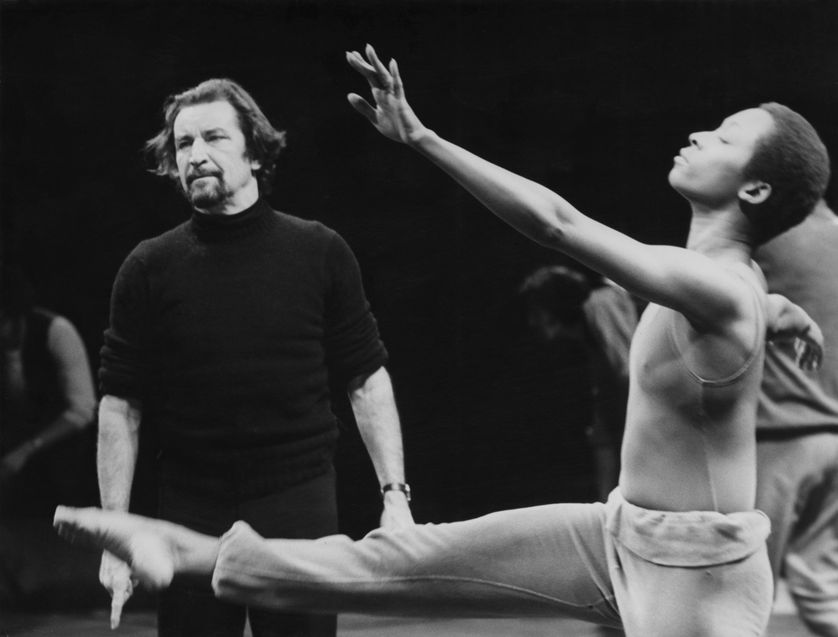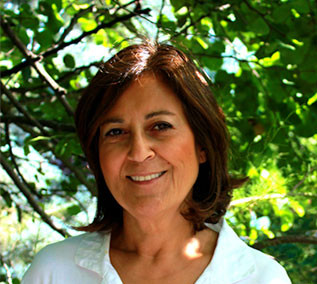
In the dance, one finds the cinema, the comic strips, the Olympic hundred meters and swimming, and what’s more: poetry, love and tenderness, said Maurice Bejart, the exceptional choreographer, opera director and dancer.
Long before neuroscience confirmed that our brains are wired to move along with music, dancing was there. Babies, children, and adults, all instinctively move to the rhythm of the music. Based on recent cognitive research, it seems like human beings are universally synchronized with the chords of music. Moreover, the rhythmic movement lifts our mood, regulates the mental and emotional fluctuations, and we become happier. Such is the magic of dancing, from the early tribes up to our modern societies. It not only makes us happier but it also conducts its connecting power across the synchronicity of the dancers.
Dance has always been a universal phenomenon engrained in our collective DNA. In dance, the basic elements of humanity combine in a natural way. It combines creative act, fine-tuned movement, and collaboration, much like music, said the neuroscientist Hanna Poikonen. Her research reveals on how the brain activities of professional dancers differ from the other people :
The dancers’ brains reacted more quickly to changes in the music. The change was apparent in the brain as a reflex before the dancer is even aware of it at a conscious level. I also found that dancers displayed stronger synchronization at the low theta frequency. Theta synchronization is linked to emotion and memory processes which are central to all interpersonal interaction and self-understanding.
Dancing as an expressive form of therapy could help self-regulation and even prevent the onset of full depression, proclaims Poikonen. Pain, stress and anxiety often go hand in hand with depression. But with rhythmic movement, the activation of the sensory motor circuits coupled with the release of the endorphins amplify the effects of music. The pleasure and reward center lights up, one feels elated and happier. At the same time tension accumulated in the muscles is released and feelings of relaxation and comfort permeates.
Dancing was also shown to have pain-relieving effects. Anna Duberg’s research team revealed that teenagers suffering from psychosomatic back pain accompanied by stress and anxiety, after attending dance classes twice a week over two years, were found to be relieved of pain and they reported to be happier.
Gina Gibney, the artistic director of New York based Gina Gibney Dance Company recounts the striking effects of dancing through the performance of a domestic violence survivor who was dancing in a tiny conference room in a domestic violence shelter for other survivors.
She was not a professional dancer. She was a woman who had faced unbelievable challenges and who was living in great deal of sadness. She created and performed an amazing solo -but to have described her performance as “sad” would have been diminished what we have experienced.
That’s the power of dance. You can feel something and emphasize with it on a very deep level and you don’t have to put words to it.
Dancing can swiftly connect body-self-other which otherwise would not be so easily established in the noise of daily life and it can create joyful sensations in the soul surpassing momentary happiness.
The Dance, said Maurice Bejart is a minimum of explanation, a minimum of anecdotes and a maximum of sensations. Ode to Martha Graham who had a huge influence on modern American dance and whose works intended to reveal “the inner man” and her memorable saying: ” Dancing is the secret language of the soul. “
Duygu Bruce
September 1, 2019







